Any rider who sees another cyclist making a mistake should not judge them, but rather help them out because we were all beginners at some point. This article is to help beginners avoid mistakes that many other cyclists have already made when using cycling apparel and accessories such as helmets, sunglasses and shoes. Let’s start off at the head and work our way down to the feet:
Helmet backwards
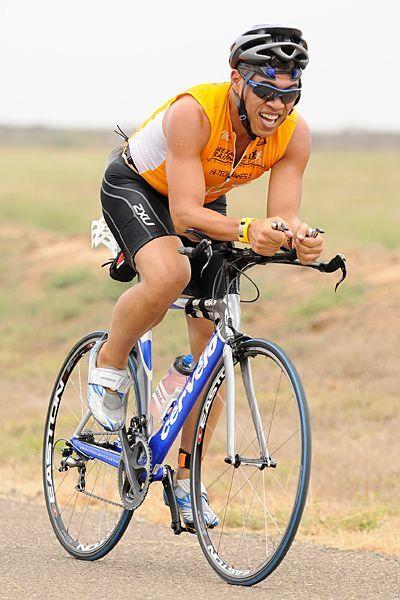
Yes, as crazy as it may seem, more than one beginner cyclist has put their helmet on backwards. If you come across such a rider, tell them politely so that they realize their mistake. For safety as well as aesthetics.
Poorly-fitted helmet
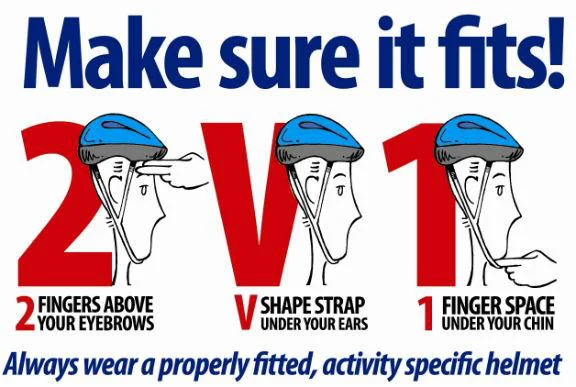
A poorly-fitted helmet is not going to do its job. If you fall, it may move and fail to protect you. The straps should lie flat on your head and jaw. If your helmet has a rear-fit system, tighten it until the helmet no longer moves, but without crushing your head. Remember that the circumference of your head may increase or decrease slightly while cycling, so adjust your helmet as you go to ensure a snug fit.
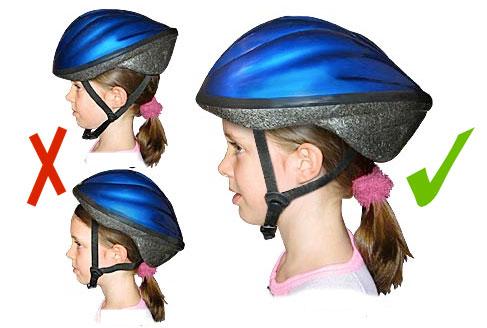
In addition, the helmet should not be tilted too far back, exposing the entire forehead, or too far forward, almost covering the eyes. Two fingers above the eyebrows is perfect. This way you can protect your head from frontal and rear impacts.
Glasses underneath the helmet straps
This topic is quite controversial because many cyclists, including professionals, wear their cycling sunglasses underneath their helmet straps. We believe that for safety reasons they should be worn over the straps.
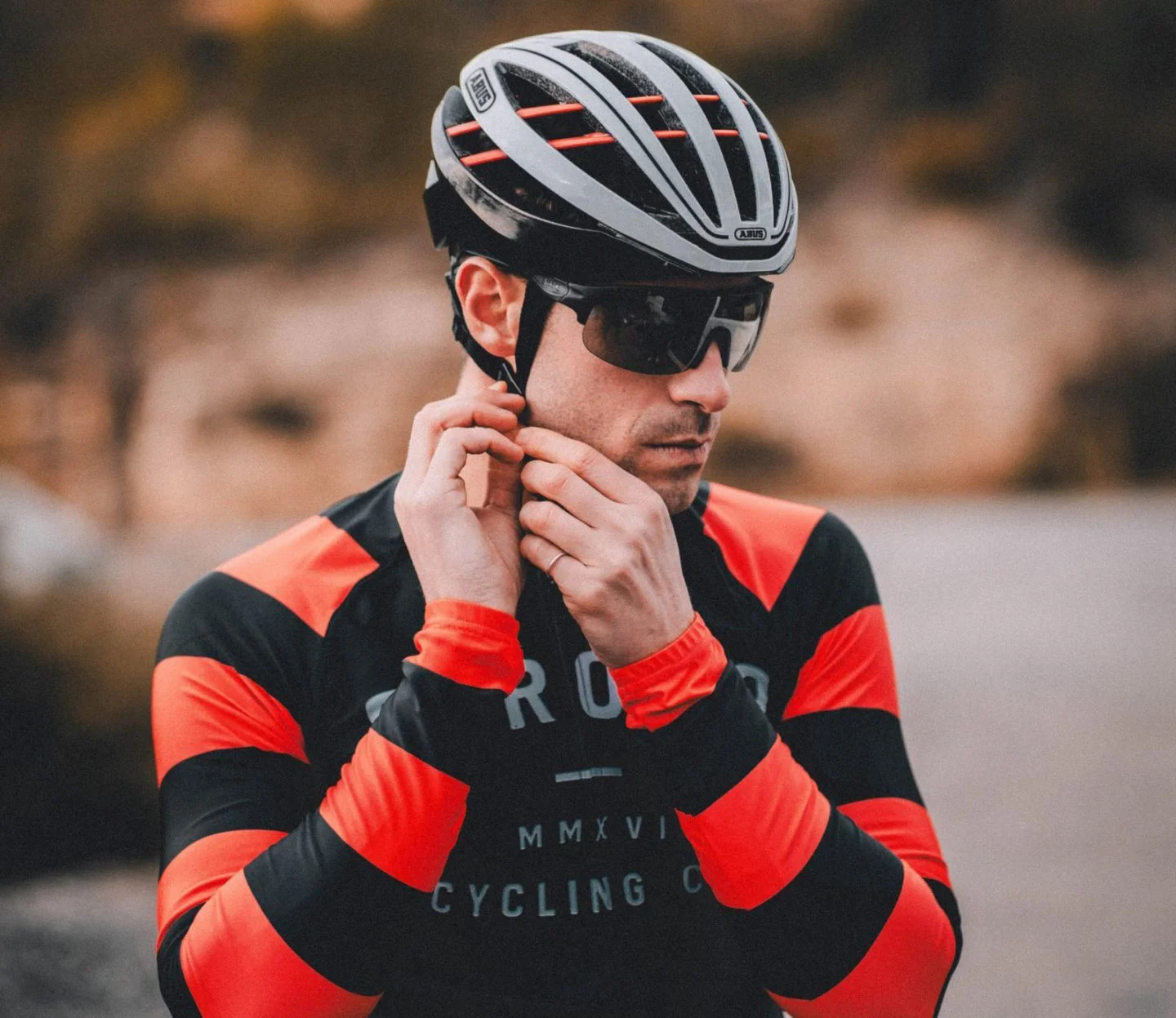
In the event of an accident, sunglasses will fly off upon impact if their arms are over the straps, preventing them from hurting your face. In addition, the sunglasses will be less likely to break if they fly off than if they are trapped between your face and the straps.
Besides, the straps in most helmets lie flat along the temples and jaw, so that it fits properly. If you put your sunglasses in between, the straps and the helmet will not fit snugly.
Cotton T-shirts as base layers
Wearing a cotton T-shirt under your cycling jersey or winter jacket is not a good idea because cotton absorbs sweat, but due to its poor breathability it does not wick away the moisture, it sticks to your skin, it does not retain body heat, and as a result it cools you down and you run the risk of getting sick.
A mesh base layer for warm weather conditions and a merino wool base layer for cold days are perfect companions to be worn under a jersey and under a winter jacket.
Underwear under your bib shorts
If you’ve been cycling for years you’ll be tired of us mentioning this mistake over and over again because you’ve already forgotten the first time you bought a pair of bib shorts, looked at them and asked yourself: “Underwear: yay or nay?” The answer seems obvious to you now, but I’m sure it didn’t seem so obvious years ago. That’s why we will never get tired of mentioning this mistake as it is quite common among beginner cyclists. You should never wear underwear.
Ill-fitting chamois
If the chamois is not in the right place or moves too much because the bib shorts are too big, you will get chafing and even injuries. In order for the chamois to do its job and provide comfort, it must fit snugly against your buttocks and crotch. There should be no gap between the pad and your skin. That is why the correct size that fits perfectly is essential.
Not wearing socks
Wear cycling socks for safety, comfort and hygiene, rather than for aesthetics. For safety, because good cycling socks protect your foot, ankle and lower leg from bruises, scratches, sun, cold or heat. For comfort, because they are a garment that, in addition to absorbing sweat and preventing the foot from getting wet and giving us the unpleasant feeling of having soaked feet, also protects us from chafing in cycling shoes and helps prevent wounds and sores. If the sweat from your feet remains in your shoes for days, you are creating a perfect environment for bacteria and bad odors.
Wearing compression socks
If you have no choice and those are the only ones you have, we can let this one slide, but compression socks are not appropriate for cycling. You might feel their positive effects, if any, after cycling or if you are going on a long trip. Using them while on the bike will simply bring extra heat. It only makes sense to cover your legs with fabric when it’s cold, and in such case you should wear bib tights or leg warmers.
Dragging shoelaces
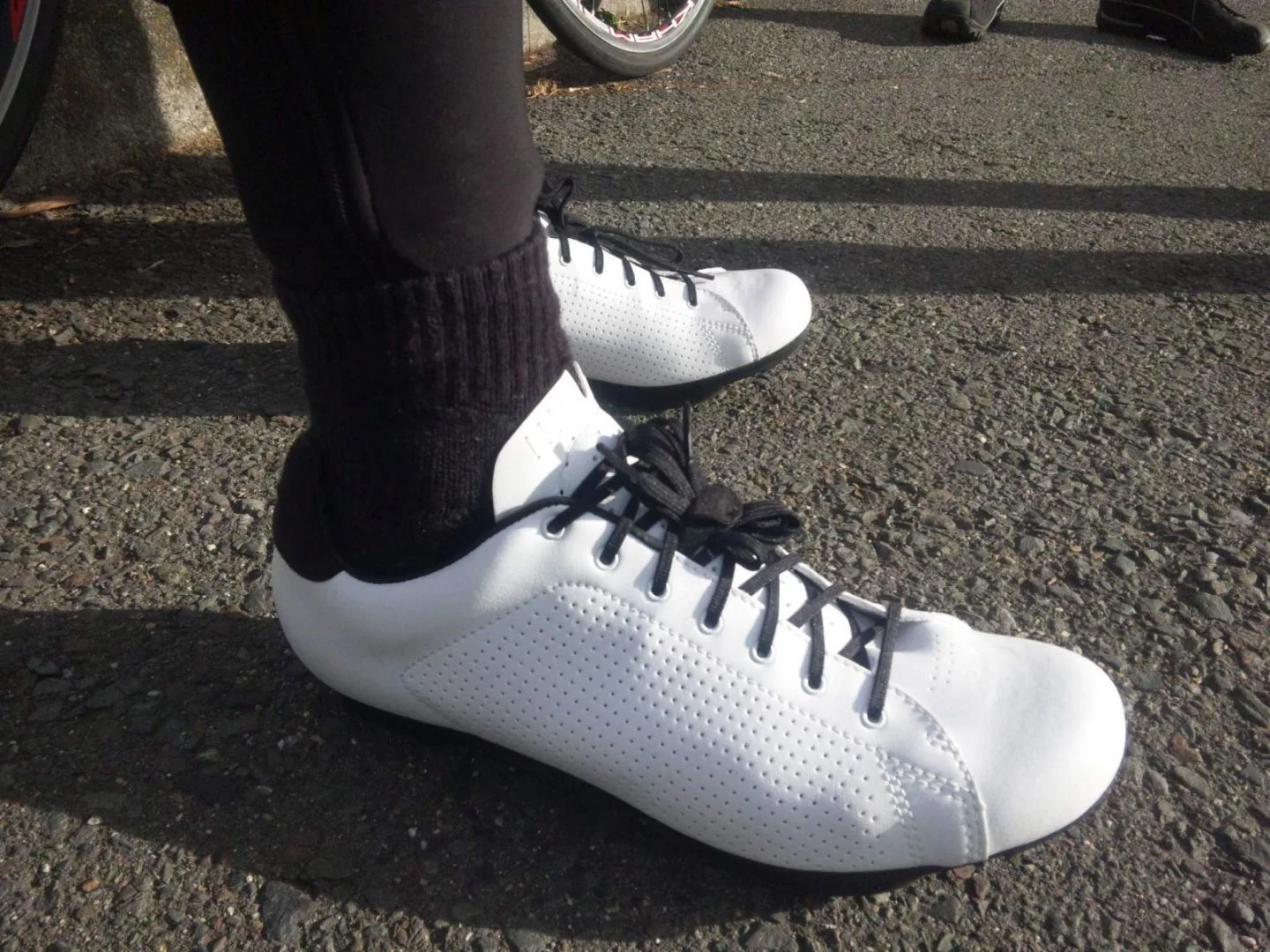
If you wear sneakers or regular lace-up shoes you run the risk of laces getting caught on the chainring teeth, bike chain or whatever comes near them. There are also lace-up cycling shoes for clipless pedals. In both cases, we recommend keeping those shoelace ends as short as possible or, if they are long, take up and tie the rest of their length, so they don’t get in the way of our pedaling.
Going down stairs with clipless pedal shoes on
Be very careful when going down stairs or ramps, especially with road cycling shoes on because they have almost no rubber on the sole and the cleats do not provide any grip at all, there may be traces of grease or oil on their surface, plus they force you to step on your heel, which makes it easier to slip.
If there are many steps, you have no choice but to use the stairs and there is no handrail to hold on to, it is better to take your shoes off and go down without them. If there are few stairs, go down slowly, step by step and sideways. Watch this video, not to listen to Gianluca Brambilla explain the technique of going down stairs, but to take a look at the riders of the Norwegian Uno-X team in the background.
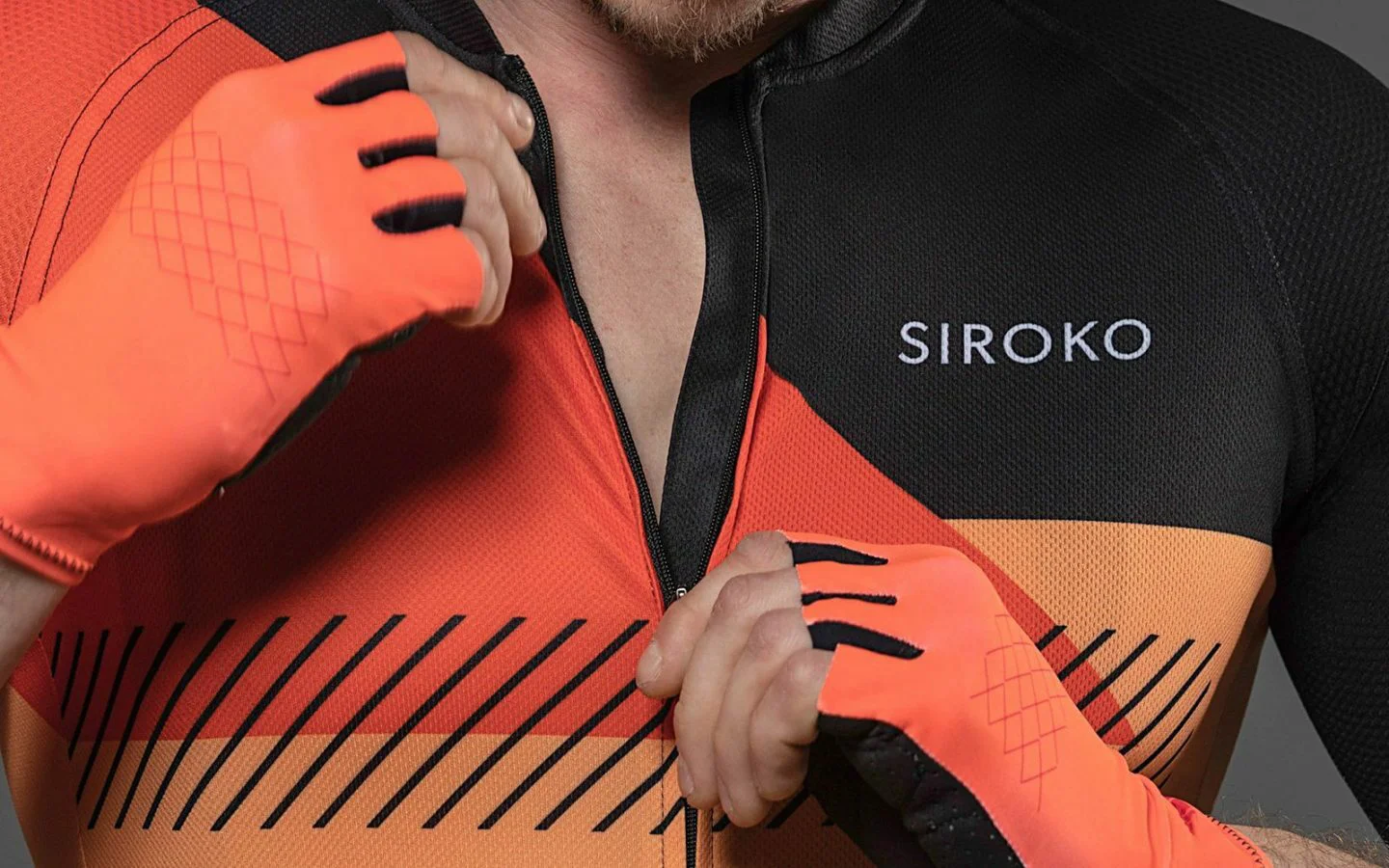

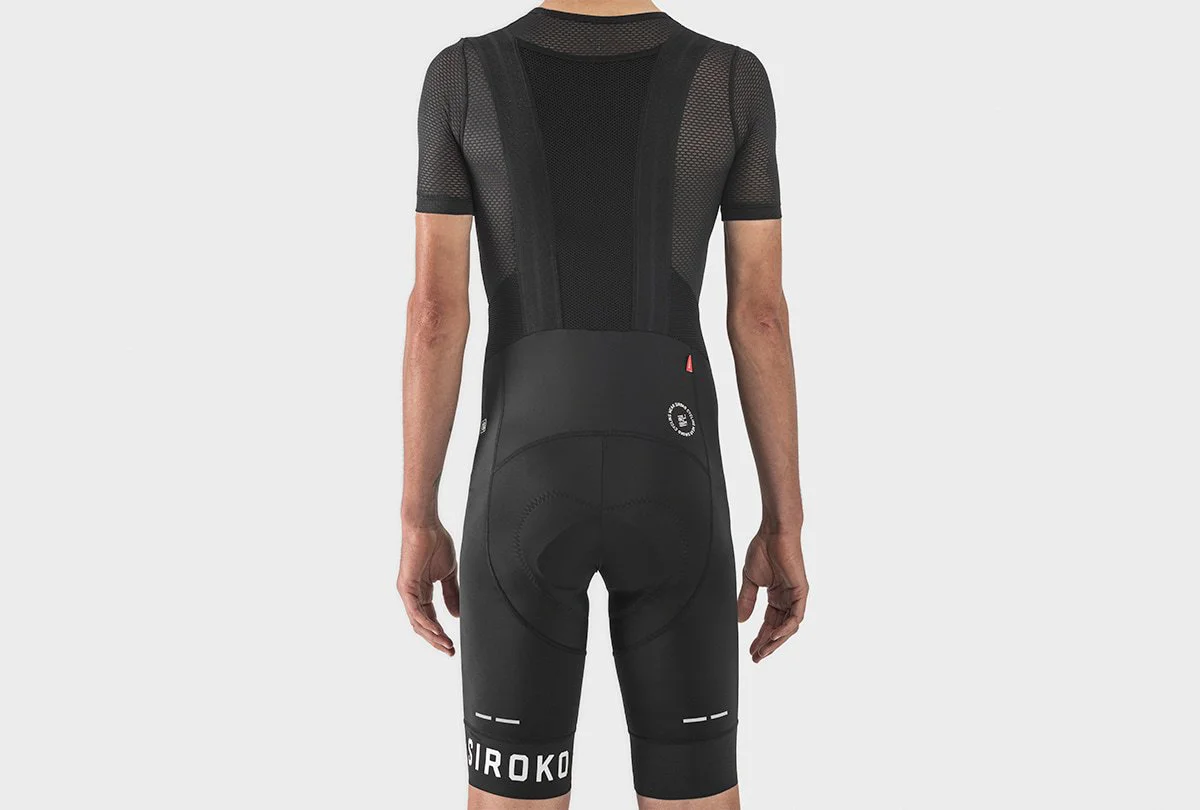
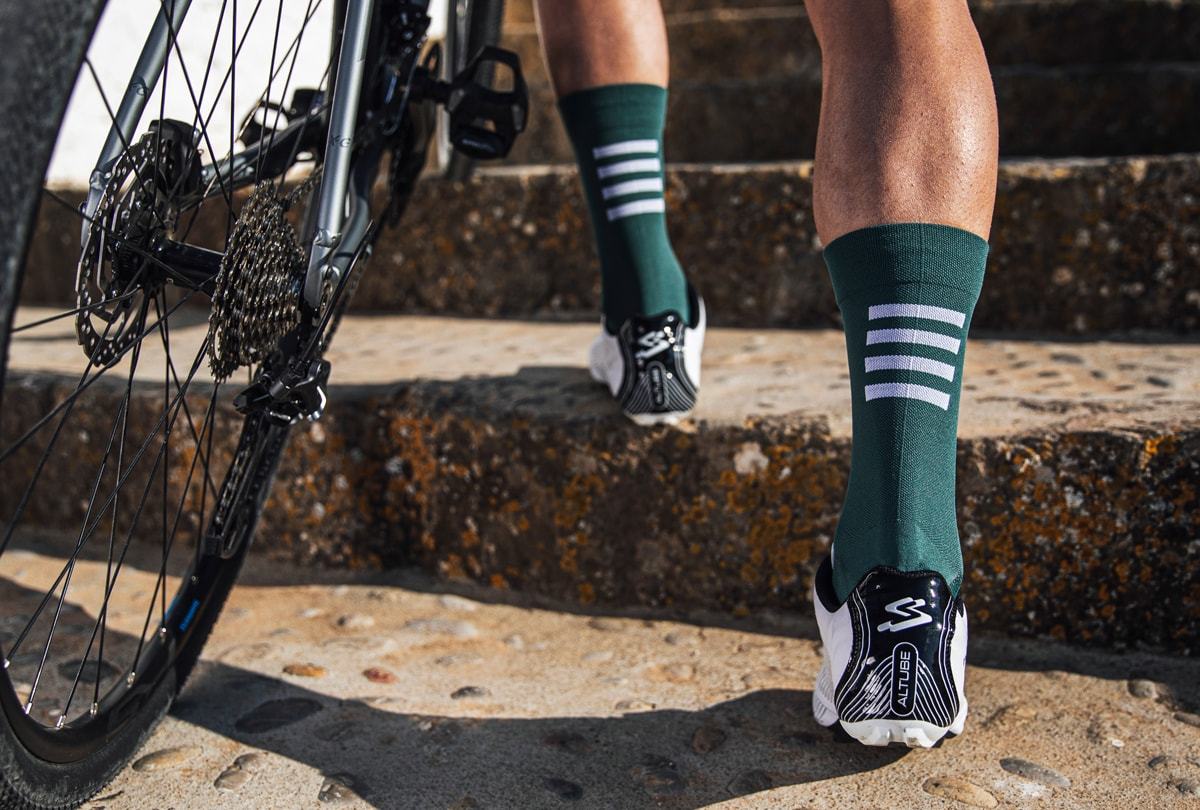




Pingback: Bicycle Pedal Toe Straps - eBikeAI
Sunglasses should go UNDER the helmet straps. The whole point of a quality pair of sunglasses like Oakleys is that they will stay on and protect your face and eyes in the event of a collision. If the helmet and straps are adjusted properly, there is nothing uncomfortable about such a set-up. You definitely want your high-impact sunglasses to be in place when your face hits the pavement, a car, whatever.
Hello Mark,
Thanks for your point of view but the reality is that, although polycarbonate is a highly impact-resistant material, especially compared to other types of plastic, it isn’t infallible. Its main purpose is to protect the eyes from small objects (like stones or insects) that may strike at high speed, but in a direct collision, especially at high speeds or against hard surfaces, the polycarbonate lens could break or deform. This could not only damage the lens but also pose a risk of pressing against the face or even causing injuries.
Polycarbonate acts as a first barrier, but it’s not enough to fully protect you in a severe crash. For more serious impacts, the helmet remains the primary safety component. This is why many cyclists prefer to wear glasses over the helmet straps: in a severe impact, it’s better if they can easily come off rather than getting trapped and potentially causing injuries.
Best regards,
Siroko